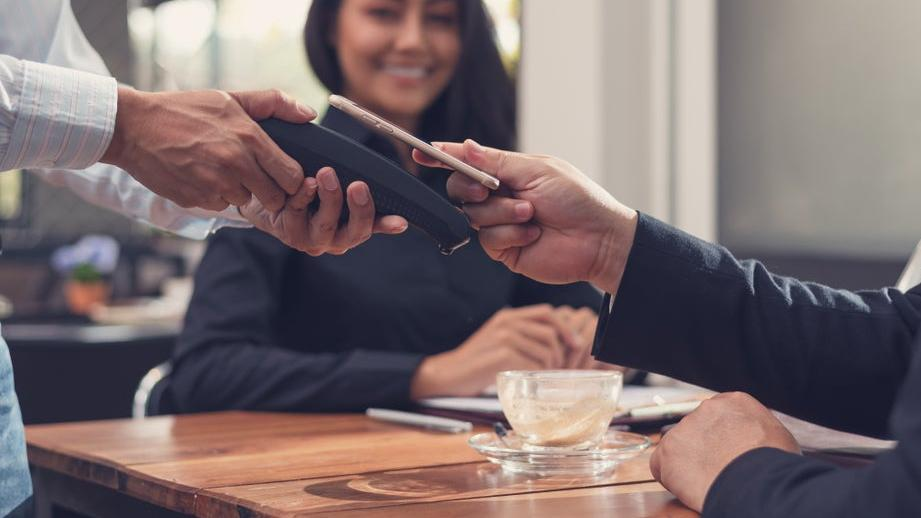Why Restaurants Aren't Printing Checks Anymore
Your days of sliding a card into the tiny plastic pocket at the top of a faux-leather booklet may be numbered.
By now, most of us have encountered paperless menus in sit-down restaurant settings. The digital menu is typically accessed by scanning a QR code printed at each table, requiring a smartphone to view it. However, another form of paper is quickly disappearing from restaurants as well: the physical check (and the customer copy) is falling by the wayside, further changing the experience of dining out.
How to pay a restaurant bill in 2022
Some restaurants have digital devices hanging out on the table for the entire duration of the meal, as has been the norm at Chili's for years. Another common approach is that your server comes to your table at the end of a meal with a small digital card reader.
No one can deny that this streamlines the payment process somewhat. It involves none of the song-and-dance routine of receiving the bill, tucking the card into the check folder, placing the folder at the edge of the table so that the server knows to ferry it back near the kitchen to run the charge, etc. Instead, you hand the server your card and they pop it into the device right there at the table, then hand you the card reader to select gratuity amount and sign.
How going paperless saves restaurants money
Paperless menus have largely been regarded as a cost-saving measure, and it stands to reason that going paperless with checks would have a similar benefit. A recent report from Grub Street highlighting potentially permanent changes in restaurant dining notes that some restauranteurs are cutting down not only on paper checks for customers, but paper order tickets in the back of house as well; kitchen staff now look at a digital display that lists the orders, eliminating both the cost and hiccups associated with stocking and reloading receipt paper.
Problems with digital payments at restaurants
Despite the streamlined process, errors can still occur with paperless payments. I was dining out recently and the server came to the table with a card reader that had the wrong table's dinner listed on it. My friend caught the mistake, but I can see how with a server standing in front of you holding a tiny screen, it might be harder to look at the check as closely as you would when given your own quality time with the slip of paper.
By the same accord, the server stood by while I swiped my card and figured out what to tip. Some devices will calculate gratuity for you so you can just select from a list of percentages, but in the event that you want to tip a different amount, or account for something like freebies, it's helpful to be prepared in advance. It's a little awkward to take out your phone calculator when the server is standing right next to you.
Digital readers can also make paying with cash more of a hurdle—indeed, regardless of the restaurant's payment policy, these readers can inadvertently imply that cash payments won't be accepted. In the case of the payment screens affixed to the table the entire time, like at Chili's, you have to flag down a server and explain you want to pay with cash, whereas if you're using a card, you can do it whenever you want, and then you can leave.
We’ll get used to it
Just like paperless menus, paperless payments will likely become the norm at restaurants of all types, and as with other major changes to sit-down service over the past several years, we'll get used to it. Personally, I'm excited to not have a bunch of folded-up "customer copy" receipts in my bag anymore. I always take them out of obligation, and I never look at them. Good riddance!
